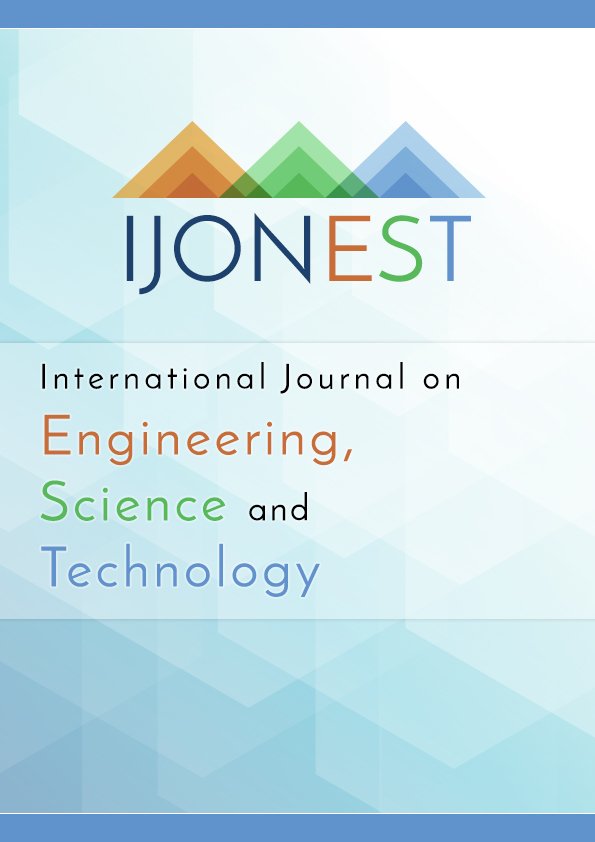Effectiveness of Engineering Design Process (EDP) in Improving Students’ Cognitive Learning Performance: A Meta-Analysis
DOI:
https://doi.org/10.46328/ijonest.244Keywords:
Cognitive learning outcomes, Effectiveness, Engineering design process, Meta-analysisAbstract
The engineering design process (EDP) is an innovative problem-solving approach used to develop effective solutions and products. While numerous studies have explored its implementation and potential effects, its impact on cognitive learning outcomes remains unclear. Thus, this current study aimed to evaluate the effectiveness of EDP. Meta-analytic findings from 17 studies with 29 valid datasets published from 2015 to 2024 revealed an upper-medium effect on cognitive learning performance (g = 0.70, p < .001). Additionally, geographic region, group selection, grade level, EDP model, and EDP skills had moderating effects. Furthermore, subgroup analysis indicated that EDP implementation was more effective under the following conditions: (1) increased exposure to EDP, (2) smaller and (3) randomized class sizes (1-30 and 31-50 students), (4) Asian (5) high school students, and (6) the use of EDP models such as DDCTPE (Define the Problem, Decide Possible Solutions, Create the Design, Test, Present, Evaluate) and AIPCTI (Ask, Imagine, Plan, Create, Test, Improve). Overall, the engineering design process significantly enhanced core engineering knowledge and practice, as well as students' cognition and thinking.References
Astano, J.L. (2025). Effectiveness of Engineering Design Process (EDP) in improving students’ cognitive learning performance: A meta-analysis. International Journal on Engineering, Science, and Technology (IJonEST), 7(1), 1-25. https://doi.org/10.46328/ijonest.244
Downloads
Published
Issue
Section
License
Copyright (c) 2025 International Journal on Engineering, Science and Technology

This work is licensed under a Creative Commons Attribution-NonCommercial-ShareAlike 4.0 International License.
Articles may be used for research, teaching, and private study purposes. Authors alone are responsible for the contents of their articles. The journal owns the copyright of the articles. The publisher shall not be liable for any loss, actions, claims, proceedings, demand, or costs or damages whatsoever or howsoever caused arising directly or indirectly in connection with or arising out of the use of the research material.
The author(s) of a manuscript agree that if the manuscript is accepted for publication in the International Journal on Engineering, Science and Technology (IJonEST), the published article will be copyrighted using a Creative Commons “Attribution 4.0 International” license. This license allows others to freely copy, distribute, and display the copyrighted work, and derivative works based upon it, under certain specified conditions.
Authors are responsible for obtaining written permission to include any images or artwork for which they do not hold copyright in their articles, or to adapt any such images or artwork for inclusion in their articles. The copyright holder must be made explicitly aware that the image(s) or artwork will be made freely available online as part of the article under a Creative Commons “Attribution 4.0 International” license.

This work is licensed under a Creative Commons Attribution-NonCommercial-ShareAlike 4.0 International License.





